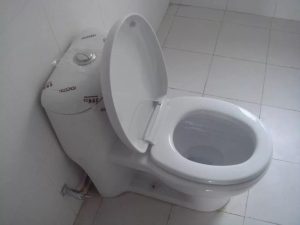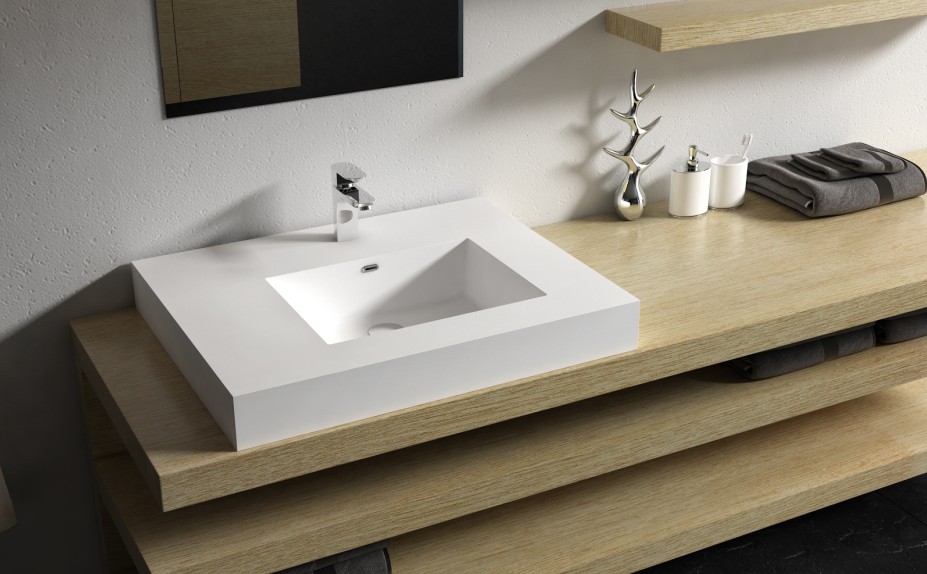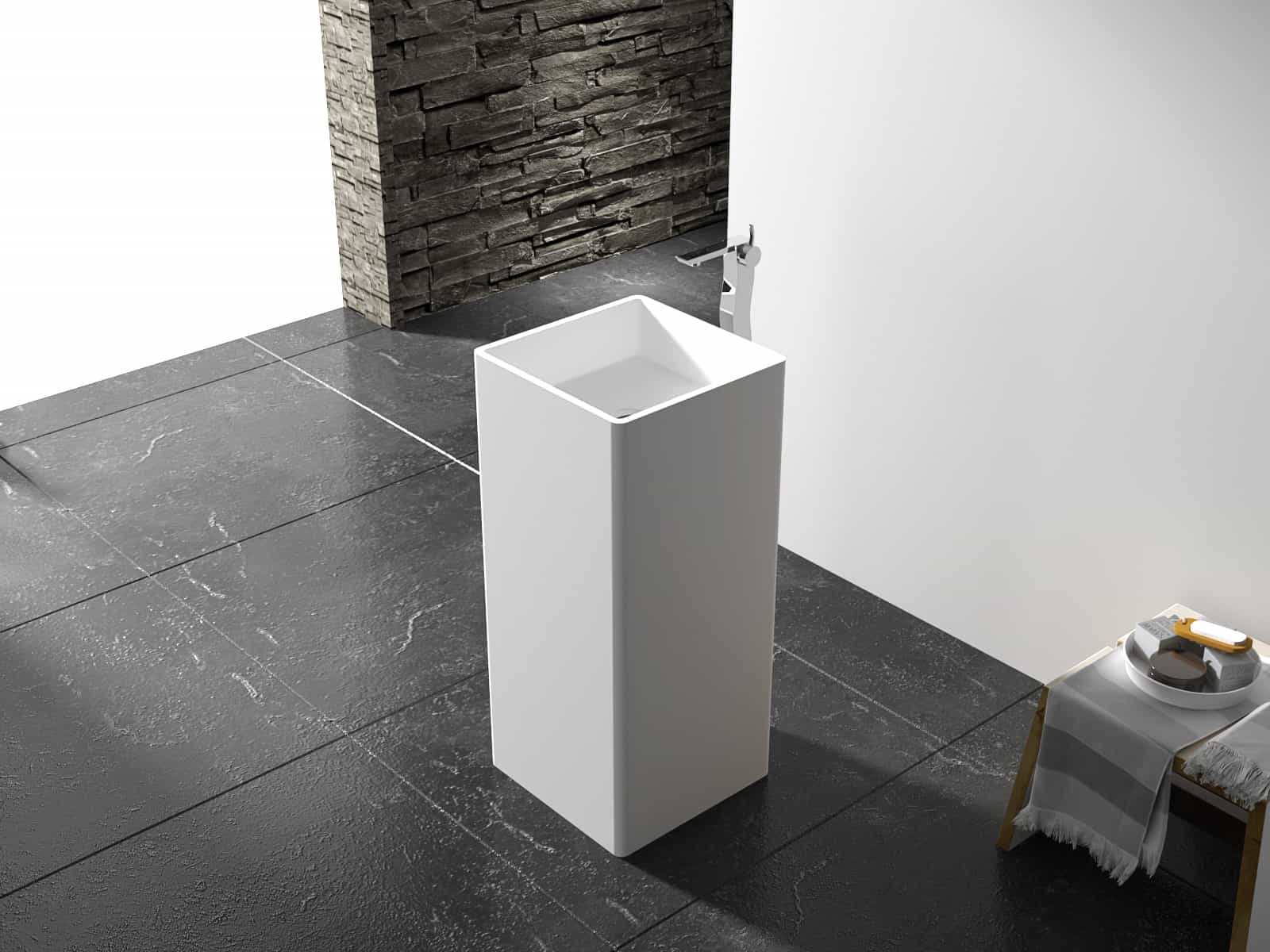
Many people have a kind of “embarrassment of confusion” when facing a public toilet, and some people choose to climb up and step on the toilet when they encounter it, transforming the seat into a squatting position.
So, can public toilets sit or not? Can public toilets transmit “STDs”? After identification: the probability is extremely low.
Sexual contact, mother to child, and blood are the main routes of transmission of STDs. Very few are through indirect means. Among the 8 kinds of sexually transmitted diseases stipulated by our country, “syphilis”, “gonorrhea” and “condyloma acuminatum” may be infected through indirect contact.
① Sufficient pathogenic microorganisms
Every STD has its culprit, which we call a pathogen.
“Syphilis, gonorrhea” pathogens are difficult to survive on the cold, hard and smooth surface of the toilet seat. Because their claws cannot grip smooth plastic, wood or porcelain surfaces. will die soon.
They like a humid environment. Treponema pallidum can live for several hours on wet towels and utensils; however, genital warts have a strong ability to survive and can occasionally be transmitted through indirect contact with toilet mats.
②The patient left enough secretions
Patients with sexually transmitted diseases leave bloody, purulent or mucus-like secretions after using the toilet. But pathogens can still live tenaciously without leaving the human body, and we generally don’t sit on these pollutants when we see them.
③Contacts have damaged skin and mucous membranes and are immunocompromised
The skin has its own natural barrier, unless the skin exposed to germs is traumatized. Even if the germs really enter the human body, unless the human body is very weak and immune-compromised at this time, there is a chance of infection.
Listen to what the doctor said: Can public toilets spread “skin diseases”? People with good health don’t worry about it.
For example, a patient with tinea corporis leaves a lot of dandruff on the toilet, and the next user has skin trauma and is exposed to pathogenic microorganisms.
Unfortunately, cross-infection occurred at this wound site, and his immunity happened to decline, so he might be infected with tinea corporis when he was in a weak stage. Of course, this probability is also very low.
What should we do in the face of public toilets?
The following is also suitable for people who really have concerns about public toilets.
1) Avoid using the toilet seat. If you have to use it, wipe the gasket with a paper towel first. Experiments have proved that disinfecting paper towels can reduce the microorganisms on the toilet seat by 50 times!
2) It is recommended to use disposable toilet paper.
3) Do not give up every chance to wash your hands. Rinse carefully with running water for 20 seconds. This is to remove pathogens. In fact, the flush button, door handle, and faucet are no more clean than the toilet seat. These surviving pathogenic bacteria use hands as a medium to contaminate mouth, eyes, food, water, wounds, etc., thereby causing a series of diseases.

















